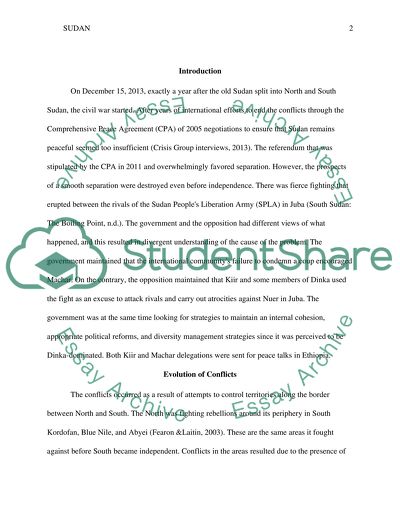Cite this document
(“Sudan Essay Example | Topics and Well Written Essays - 1500 words”, n.d.)
Retrieved from https://studentshare.org/military/1699821-sudan
Retrieved from https://studentshare.org/military/1699821-sudan
(Sudan Essay Example | Topics and Well Written Essays - 1500 Words)
https://studentshare.org/military/1699821-sudan.
https://studentshare.org/military/1699821-sudan.
“Sudan Essay Example | Topics and Well Written Essays - 1500 Words”, n.d. https://studentshare.org/military/1699821-sudan.


